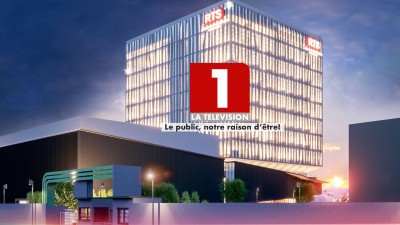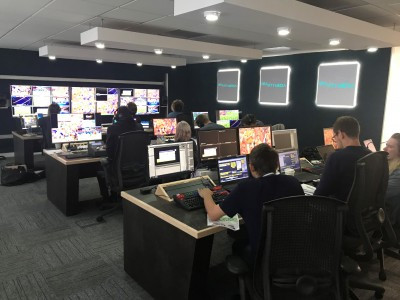By Adrian Richmond and Nico Lewis
Communications for the broadcast of live events are becoming more complicated and important than ever. On site, broadcasters only have one chance to grab the perfect image for the viewer– with time being a crucial factor. The larger the event the more viewers it reaches and the higher the risk that something could go wrong. A reliable, non-blocking, high performance communication system is essential, but there are also a number of equally important factors to be taken into consideration before making a decision regarding your communication system. So what other factors should you consider when planning an outside broadcast?
- Make sure you have a reliable system
Without communications any sports coverage will grind to a halt. Make sure your system has redundancy. If possible, the system should provide redundant power and controller cards for extra security.
- Remember that distance can be an issue
Digital systems have limits on cable runs. This can be a big issue when setting up either key panels or belt pack systems for sports. Analogue systems can often provide a much better solution, less prone to cable faults and offering longer cable runs. Remember sports can sometimes demand cable runs of up to a kilometre or more.
- Flyaways require lightweight and compact systems
Large matrixes for communications are not always the best solution for a flyaway. Therefore consider the new compact matrixes, that are now on the market, as some offer all the power of a 4-wire matrix and TW system combined in a lightweight package providing a highly cost effective solution. A fully specified matrix router makes the provision of flexible communications on site a much easier proposition.
- Consider buying noise-cancelling headsets
During sporting events the noise level can reach unbelievable levels, crowd noise, PA announcements and sound systems can drown out essential communications. Remember for example the vuvuzelas used during the football championship in South Africa. To ensure your team hear, noise cancelling headsets can be a must.
- Consider multi colour displays
Multi colour displays such as those on the RTS CLD series Talkback Panels provide faster reaction in busy situations by offering an extra dimension to the key panel display assisting you to indentify groups or individuals more speedily.
6. Consider how you will communicate with your broadcast nerve centre
It is essential that communications with your base can be established. You need to consider how you will make that connection; VoIP systems such as RVON provide reliable worldwide connectivity that simplifies communications over long distance.
- Ensure ease of set up
Production demands change quickly these days so a system that can be speedily configured or changed at a moment’s notice is essential to cope with the needs of today’s fast moving sports coverage. Both staff and freelancers should find it easy to use.
- Budget your communication needs
Planners often forget to budget for communications, however it has already been explained how essential good communications are to the success of any broadcast, budget for good communications.
9. Interconnecting with differing systems
Think about how you can connect to different systems. An intercom that offers integrated Analogue, MADI, AES and VoIP cards provides a solution to almost any interconnection need.
- Return on Investment
Make sure that what you buy is future proof to maximise your return on investment (RoI). Sports broadcasts are constantly evolving so you need a system that can evolve to meet your future needs.




























